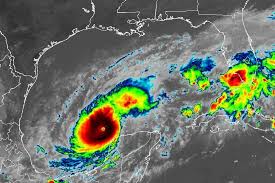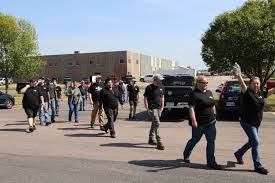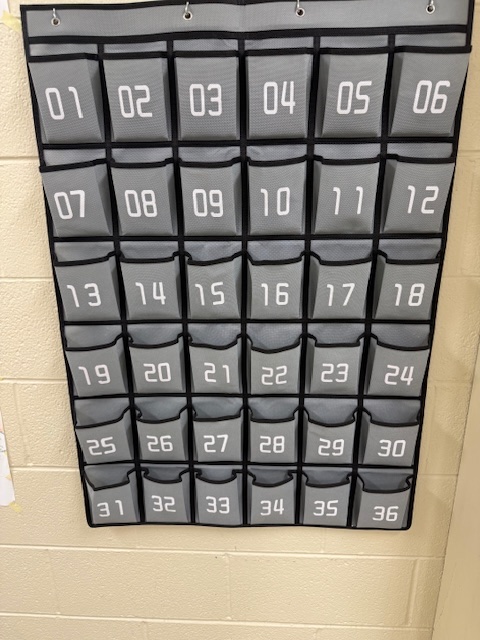You may have heard about recent tragic news regarding Florida being hit by destructive hurricane Milton. Devastatingly Milton was not the only hurricane to hit Florida in the past month. Florida was hit by Helene on September 26th, while still recovering from the category 4 hurricane, Florida was hit again on October 9th by Milton.
Florida is very prone to hurricanes due it it’s long coastline and location near the ocean. Hurricanes are far more damaging in Florida because of the states flat terrain does next to nothing to slow down the storm’s heavy winds.
Typically Hurricanes peak from mid August till the end of October. This is due to the Atlantic and Gulf of Mexico waters being warmed from the summer heat. Hurricanes form as the warm air from the ocean rises and causes low pressure under, cool air then rushes in with the warm air, causing clouds to form. Once the winds reach 74 miles per hour the storm is classified as a hurricane. Wind is the most known impact of hurricanes, the highest winds occurs just outside of the storm eye, or the center of the hurricane. Winds destroy non-permanent structures including roofs, trees, and power lines. Along with wind, hurricanes bring tornadoes and major flooding. Tornadoes form in front of hurricanes and move in the same direction. Normally hurricane induced tornadoes aren’t as intense and regular tornadoes but still cause immense damage, from speeds of 50 miles per hour and higher. Slow moving hurricanes often produce large amounts of rain and can impact streets and houses 100s of miles away from the center storm with flooding. These floods leave people stranded at times due to no way to leave their home or structure.
The Saffir-Simpson scale was created in 1971 by wind engineer, Herb Saffir, and meteorologist, Bob Simpson. Their scale is used to categorize hurricanes based on their intensity at indicated time of landing. The scale is from 1-5, 5 being the strongest. Category 1 is dangerous winds between 74 and 95 miles per hour. Category 2 is extremely dangerous winds between 96 and 110 miles per hour. Category 3 is devastatingly damaging wind between 111 and 129 miles per hour. Category 4 is catastrophically damaging winds between 130 and 156 miles per hour. Category 5 is catastrophically damaging wind from 157 miles per house and higher.
Habitants living in the Hurricane path were highly advised to evacuate in preparation for the storm. Hurricane Milton debuted as a tropical storm on October 5th with 39 miles per hour winds. Two days later, on October 7th the storm was classified as a hurricane as it hit winds speeds of category 5. This hurricane formed off the East Coast of Mexico and moved across the Gulf of Mexico, towards Florida. The Hurricane’s initial impact was near Siesta Key in the Central West Coast on October 9th. The storm was at a category 3 on landfall with 120 miles per hour winds. Once Milton crossed Florida State it headed on into the Atlantic Ocean.
The disastrous hurricane leaves Florida in shambles as its vegetation farms are left flooded and destroyed. Storms have highly damaged the farms and food growing along Florida, vegetables, livestock, and citrus were greatly affected. Peoples homes are left with mud and mold inside after water sits in the houses. There are reported over 100 traffic lights and powder lines knocked down from the storm winds. Many people were left stranded in homes in the Tampa area because the flooding leaves no escape from structures. Other homes one the Tampa area are almost fully submerged in water due to flooding. We are hoping for a fast recovering in Florida and the safety and well being of everyone affected by recent hurricanes.












